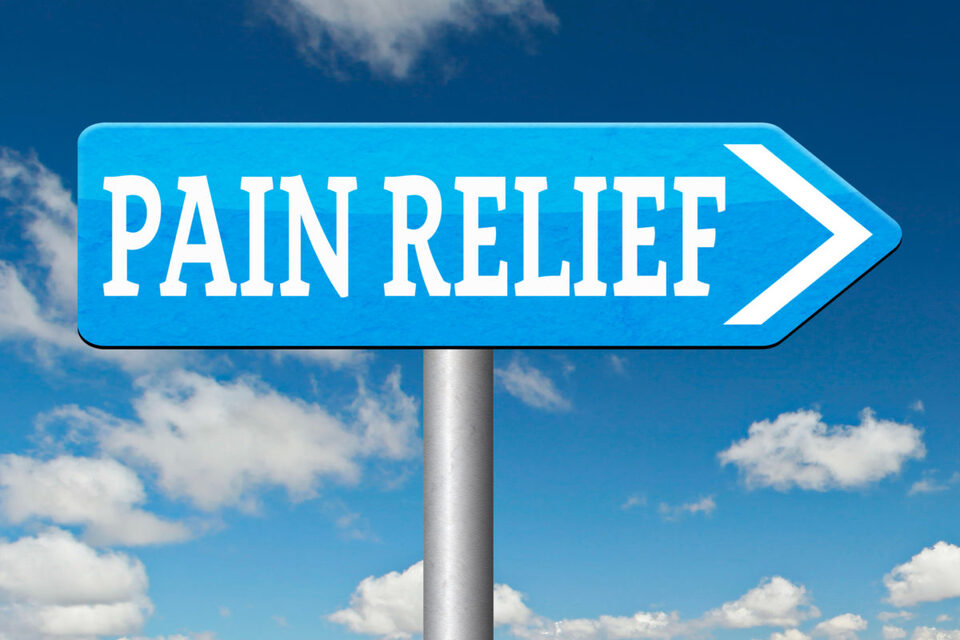
Of all the drug-free, noninvasive therapies available for the treatment of pain, physical therapy is the most accepted by conventional medicine. Physicians are aware of it and willing to prescribe it and health insurance companies cover it, at least to a limited extent. Numerous pain treatment guidelines developed due to concern about the opioid epidemic have recommended physical therapy as a first line treatment for both acute and chronic pain, including the 2016 CDC Guidelines for Prescribing Opioids, the National Pain Strategy Report, and the 2019 Pain Management Best Practices Inter-Agency Task Force Report. Still, physical therapy is underutilized and under-appreciated as a treatment for acute and chronic pain.
The use of physical therapy techniques dates back to the days of Hippocrates, who used massage and other manual therapies as well as water therapy to treat people in 460 BCE. In modern times, physical therapy came into widespread use during the polio epidemic of 1916 and then was used to treat soldiers injured during World War I.
What are some of the methods that physical therapists use to treat pain?
A physical therapy session usually includes one or more treatment modalities combined with education, advice, and exercise. Effective treatment includes informing the patient about his condition, challenging distorted beliefs about pain and disability, and encouraging self-management. This treatment complexity has posed a challenge to physical therapy research because looking at just one of the treatment modalities does not accurately represent what happens in a visit.
Specific modalities used include:
Mobilization and Manipulation
Mobilization is movement to loosen tight tissue around a joint to improve flexibility and alignment. Manipulation is pressure applied to a joint with hands or a special device.
Massage:
Massage is intended to improve blood flow to affected areas of the body. Massage can reduce muscle pain and tension, improve joint flexibility, mobility, and circulation, and aid in the recovery of soft tissue injuries.
Stretching and Strengthening Exercises:
Individualized exercise plans are designed to strengthen muscles and joints, improve mobility, and disrupt pain signals from the brain. Exercise plans may incorporate the use of light weights and resistance bands and include stretching for both warm-up and recovery.
Dry Needling:
A thin needle is used to penetrate the skin, targeting muscle knots and trigger points. Dry needling is effective for the management of many types of neuromusculoskeletal pain and movement impairments. It may be effective in reducing pain and restoring function to the shoulder, neck, heel, hip, and back.
TENS (Transcutaneous electrical nerve stimulation):
A battery-operated device, TENS is used to deliver low-voltage electric current through electrodes attached to the skin. It is used to treat many conditions including osteoarthritis, back pain, and fibromyalgia.
Therapeutic Ultrasound:
Therapeutic ultrasound is used to send sound waves to impacted areas of the body. By introducing energy into the body, ultrasound produces a deep heating effect on tendons, muscles, and ligaments. This may serve to increase circulation to tissues, speed the healing process, and decrease pain.
Posture awareness and body mechanics instruction:
Teaching patients how to improve their posture and movement can be beneficial in reducing pain. Poor posture may result in excess muscle tension and lead to movement-related problems and pain.
Other Therapies
Some physical therapists may also include additional modalities such as craniosacral therapy, light therapy (also known as low level laser therapy, cold laser therapy, photobiomodulation or red/infrared light therapy), pulsed electromagnetic therapy (EMF) or Calmare Scrambler Therapy.
What is the Evidence for the Benefits of Physical therapy for Pain Relief?
A study that appeared in the British Medical Journal found that patients who first saw a physician for low back pain were 85 percent more likely to use prescription opioids in the short and long term than those who first went to a physical therapist.
- A review that analyzed data from 54 studies related to the use of physical therapy for the treatment of osteoarthritis of the knee concluded that “land-based therapeutic exercise provides short-term benefit that is sustained for at least two to six months after cessation of formal treatment in terms of reduced knee pain.”
- A review of 10 randomized clinical trials related to the use of physical therapy for the treatment of osteoarthritis of the hip concluded that “land-based therapeutic exercise programmes can reduce pain and improve physical function among people with symptomatic hip OA (osteoarthritis).”
- A review that analyzed 34 studies related to the use of physical therapy for the treatment of fibromyalgia concluded that “There is 'gold' level evidence that supervised aerobic exercise training has beneficial effects on physical capacity and FMS (fibromyalgia) symptoms. Strength training may also have benefits on some FMS symptoms.”
- The findings of a study conducted by researched at Stanford University School of Medicine and Duke University School of Medicine “provide evidence that physical therapy can be a useful, nonpharmacologic approach for managing severe musculoskeletal pain.” When discussing results of the study, Dr. Eric Sun said, “what our study found was that if you get these patients on physical therapy reasonably quickly, that reduced the possibility that they’ll be using opioids in the longer term.”
Public Awareness of the Benefits of Physical Therapy for Pain Relief
Despite the existence of widespread clinical data, there remains lack of public awareness of the benefits of physical therapy for acute and chronic pain. Physical Therapists’ Role in Solving the Opioid Epidemic, an article that appeared in the Journal of Orthopedic Sports Physical Therapy in 2018, examined the results of a 2017 Gallup Poll related to the use of opioids for pain management. Although respondents considered physical therapy to be the safest and most effective drug free pain management approach, when they were asked who they would seek care from for back and/or neck pain, the results were as follows:
Physician– 53%
Chiropractor—28%
Massage therapist—7%
Physical therapist—6%
Why only 6%?
When trying to make sense out of those results, the authors (three doctors of physical therapy) suggest that many Americans are not aware that direct access to physical therapy is available to them. Since 2015, some level of treatment from a licensed physical therapist in available in all 50 states without a prescription or referral from a physician. But high insurance co-payments can discourage people from seeking treatment from a physical therapist, and most health insurance companies limit the number of physical therapy sessions a patient can receive.
Conclusion
Physical therapy can be an effective treatment for both acute and chronic pain. Physical therapy, particularly used early in an episode of pain, can avert the use of addictive drugs, reduce pain and improve function and probability of recovery.
Search All Alternative Pain Treatment Providers in My Area











Comments